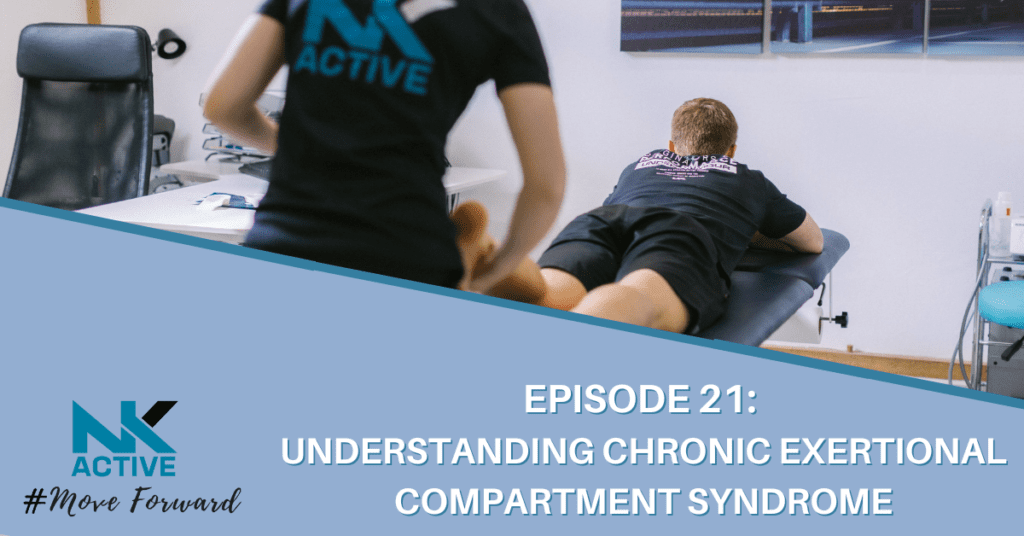
Understanding chronic exertional compartment syndrome
In this latest episode of the NK Active podcast we are talking all about chronic exertional compartment syndrome.
What is chronic exertional compartment syndrome?
Compartment syndrome can be categorised into two broad spectrums known as chronic or acute and acute can be considered a limb threatening or life threatening injury. This is a buildup of pressure in the lower limb and this usually follows an incidence of trauma or sometimes surgery. On the other hand chronic exertional compartment syndrome tends to be where the compartment pressures build up to intense pain that feels like a vice around the leg. And this can sometimes be onset through activity or exercise.
historically chronic exertional compartment syndrome is sometimes a little more difficult to diagnose than acute, because the standard way in which we test is doing what we call intra compartment pressure testing. However, we don’t know really know what normative values are. Because there are some patients who can have no symptoms who naturally have higher pressures than those that do have symptoms. So if we can’t really form a baseline, how can we then go on and, and treat it?
The findings of Doctor Andrew Franklyn-Miller
Dr. Andrew Franklyn Miller, whilst working for the military, was seeing lots of people with this chronic exertional compartment syndrome. Typically this condition normally follows a surgical treatment plan which Charlie discusses in more detail later on in the episode. But he was finding out that actually a lot of the recruits were not requiring surgery and getting better. He then found and formed a new diagnosis, biomechanical overload syndrome. This actually is much more common than true chronic exertional compartment syndrome. A lot of people who get labelled with the chronic exertional compartment syndrome, actually have more of this biomechanical overload syndrome.
This is basically saying that there is an issue in the way you may be walking or running or the underlying mechanics and then also the strength and capacity within the lower limb, which results in the pressures within the leg and the lower limb building up and creating symptoms. And the two most common sites that we’ll see is either down the front of the leg, down the anterior Shin, or behind and arounds the calf region.
This weeks episode offers so much insight into this condition as well as an in-depth look at the treatment options for our patients when they come into clinic with us here at NK Active. Please do give this 14 minute episode a listen and let us know your thoughts.
If you would like any specific advice based on any lower limb condition that you might have, the NK Active team would be more than happy to advise. Drop us a message here at the clinic and we can help.
Listen to the current episode of the NK Active podcast on your preferred platform here…
Or watch the video of the latest podcast here.
